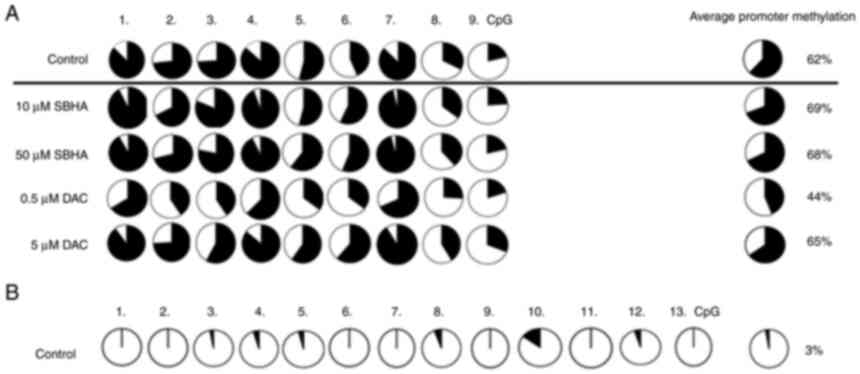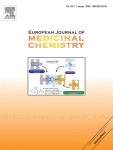Frydrych Ivo Ph.D.
Journals
The epigenetic impact of suberohydroxamic acid and 5‑Aza‑2'‑deoxycytidine on DNMT3B expression in myeloma cell lines differing in IL‑6 expression.
Molecular Medicine Reports.
2022,
26(4),
321,
ISSN: 1791-2997,
PMID: 36043519,
Substituted dienes prepared from betulinic acid - Synthesis, cytotoxicity, mechanism of action, and pharmacological parameters.
European Journal of Medicinal Chemistry.
2021,
224,
113706,
ISSN: 0223-5234,
PMID: 34311159,
Synthesis and biological evaluation of triterpenoid thiazoles derived from betulonic acid, dihydrobetulonic acid, and ursonic acid.
European Journal of Medicinal Chemistry.
2019,
185,
111806,
ISSN: 0223-5234,
PMID: 31677446,
Open positions
| Projekt: | The role of non-enzymatic glycation in inflammation and aging |
|---|---|
| Vedoucí: | Frydrych Ivo Ph.D. |
| K dispozici: | 2 |
| Určeno pro: | Doktorské studium |
| Souhrn: | Glycation is one of the endogenous aging mechanisms that occurs spontaneously with time, but also in a pathological manner during diabetes, renal failure, and inflammation. Advanced glycation end products (AGEs) are non-enzymatic modifications of proteins or lipids after exposure to sugars. The accumulation of glycated macromolecules is a hallmark of aging both in humans and experimental animals. RAGE is the best-characterized cell surface molecule that recognizes AGEs. The interaction between an AGE and its receptor alters cell and organ functions mainly through inflammatory molecules, leading to aging. RAGE regulates a number of cell processes of crucial importance such as inflammation, apoptosis, ROS signalling, proliferation, autophagy, and aging. RAGE thus represents potential for research and development of diagnostic and therapeutic strategies. Although there were several small molecular RAGE inhibitors described in the literature, they mostly have not shown proof-of-concept therapeutic potential, and thus, there is still potential for future developments in the field. This topic will be focused on the investigation of compounds from IMTM chemical library as potential inhibitors of RAGE receptor. |



